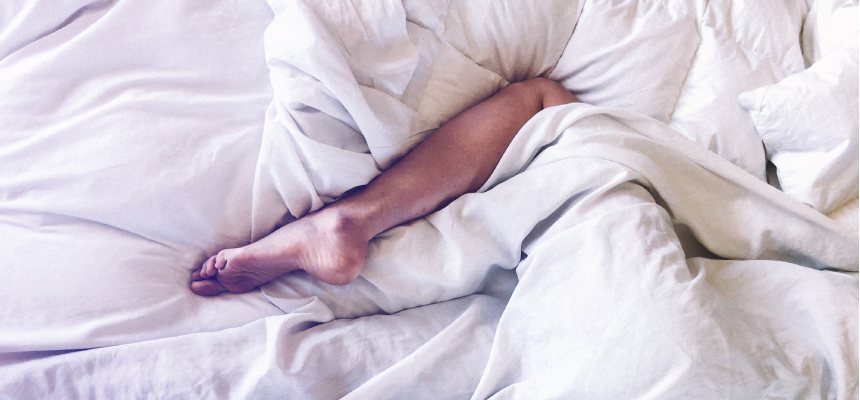Restless legs syndrome is one of the common nervous system diseases. It is a chronic and progressive movement disorder that can be seen from childhood. The most common symptoms are the feeling of restlessness in the legs and feet and the need to constantly move due to this feeling. In the syndrome, which cannot be fully described by the patients, the pain and discomfort in the legs are usually exacerbated at night! For these reasons, falling asleep can be quite difficult. restless legs syndrome, which reduces sleep quality At this point, it is very important to minimize its effects!
Restless Legs Syndrome Causes and Symptoms
Complaints such as pain, tingling and numbness in the feet and legs of the patients are among the most common symptoms. This situation, which happens involuntarily in the legs, causes uneasiness and negatively affects the quality of life of the person. The exact cause of restless legs syndrome is not known, it has been determined by cases that it can occur at any age. Researchers have pointed out that this syndrome arises from the irregular secretion of certain hormones that control muscle movements! It has been determined that it can also occur as a result of damage to the arm and leg nerves. In studies, experts have stated that this syndrome is more common in people suffering from vitamin D deficiency. Damage to the nerves in the hands and feet after diabetes, blood pressure, and excessive alcohol use can also cause this syndrome. It has been determined that injuries to the spinal cord as a result of various damages also play a role in this disease. Generally, the movement is concentrated in the leg part, it is rarer in the arm part.
The Effect of the Syndrome on Sleep and Treatment Methods
Restless legs syndrome usually occurs in the transitional states of sleep such as lying down and resting, causing the person to be constantly on the move. force! People suffering from this syndrome have difficulty stopping movement in their leg areas, especially in the evening. It has been observed that the symptoms get worse at night! Leg twitching during sleep is very common. While the person is asleep, their legs are constantly fidgeting, and in some this continues throughout the sleep. Rarely, some people have their arms in motion. Restless legs syndrome directly affects sleep quality by reducing the efficiency of sleep. The urge to constantly move the legs makes the person psychologically uneasy. For these reasons, it is very important to consult a specialist neurologist and apply for treatment methods. Among the most effective and common treatment methods are making the lifestyle healthier and eliminating vitamin deficiencies. If the desired result is not achieved, it is necessary to use the drugs recommended by the doctor regularly. Usually recommended drugs are drugs with muscle relaxant content to reduce the desire for movement in the legs. Because of the side effects of these drugs, it is important to use them under the supervision of a doctor. Apart from these, taking a warm shower for direct intervention and massaging the leg area will also be good for the muscles. Care should be taken to ensure that the sleeping environment is ideal for sleep, and the bedding and sleeping products used should be suitable for the person. In order not to wake up tired in the morning, to stay vigorous and to have a healthy life, the efficiency of sleep should not decrease. These points should be taken into consideration in the treatment of restless legs syndrome and it should be ensured that the sleep pattern is healthy and quality sleep products (visco mattress, visco pillow etc.) should be used with care. Otherwise, many more problems such as waking up tired in the morning and decreasing the quality of life may occur!
